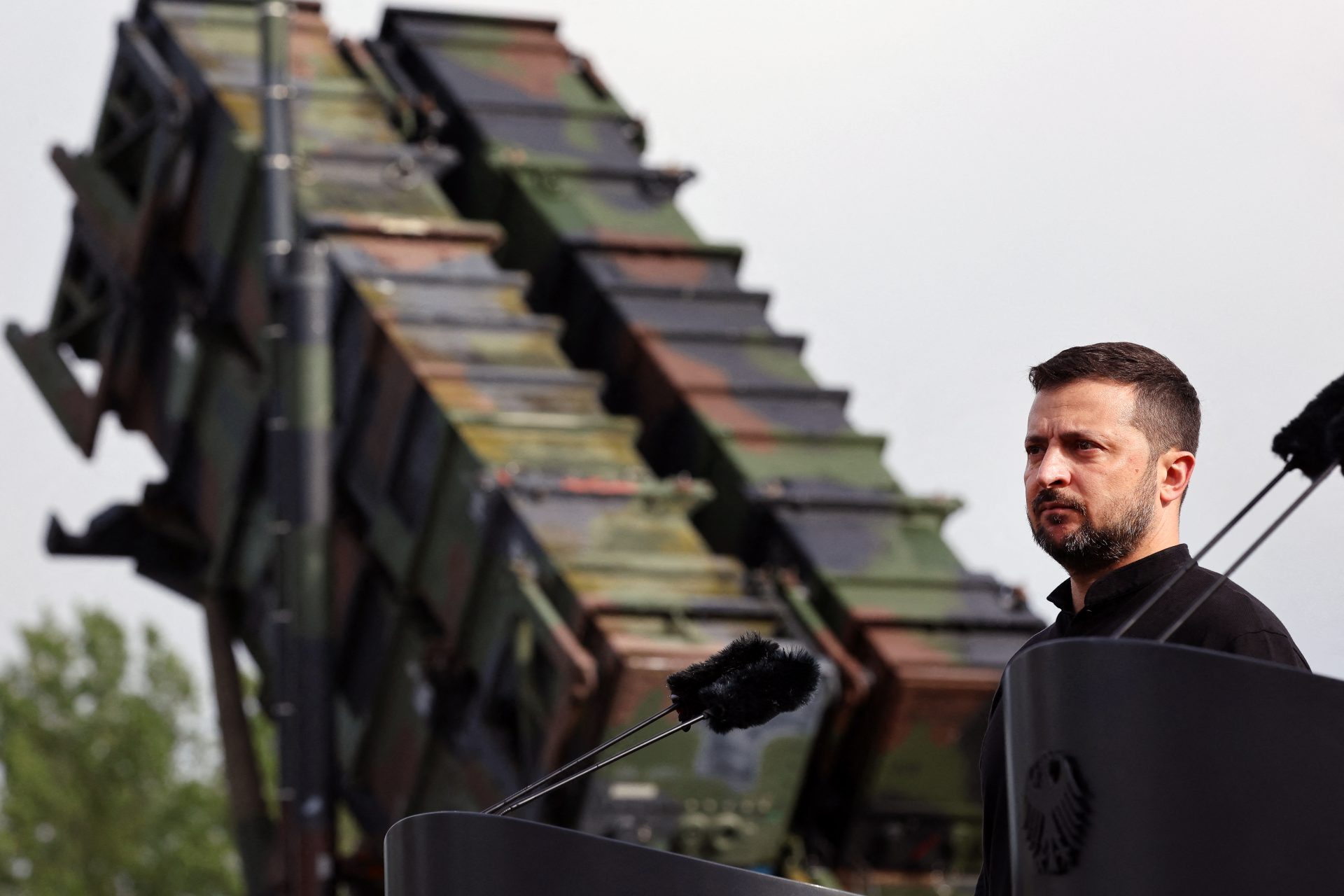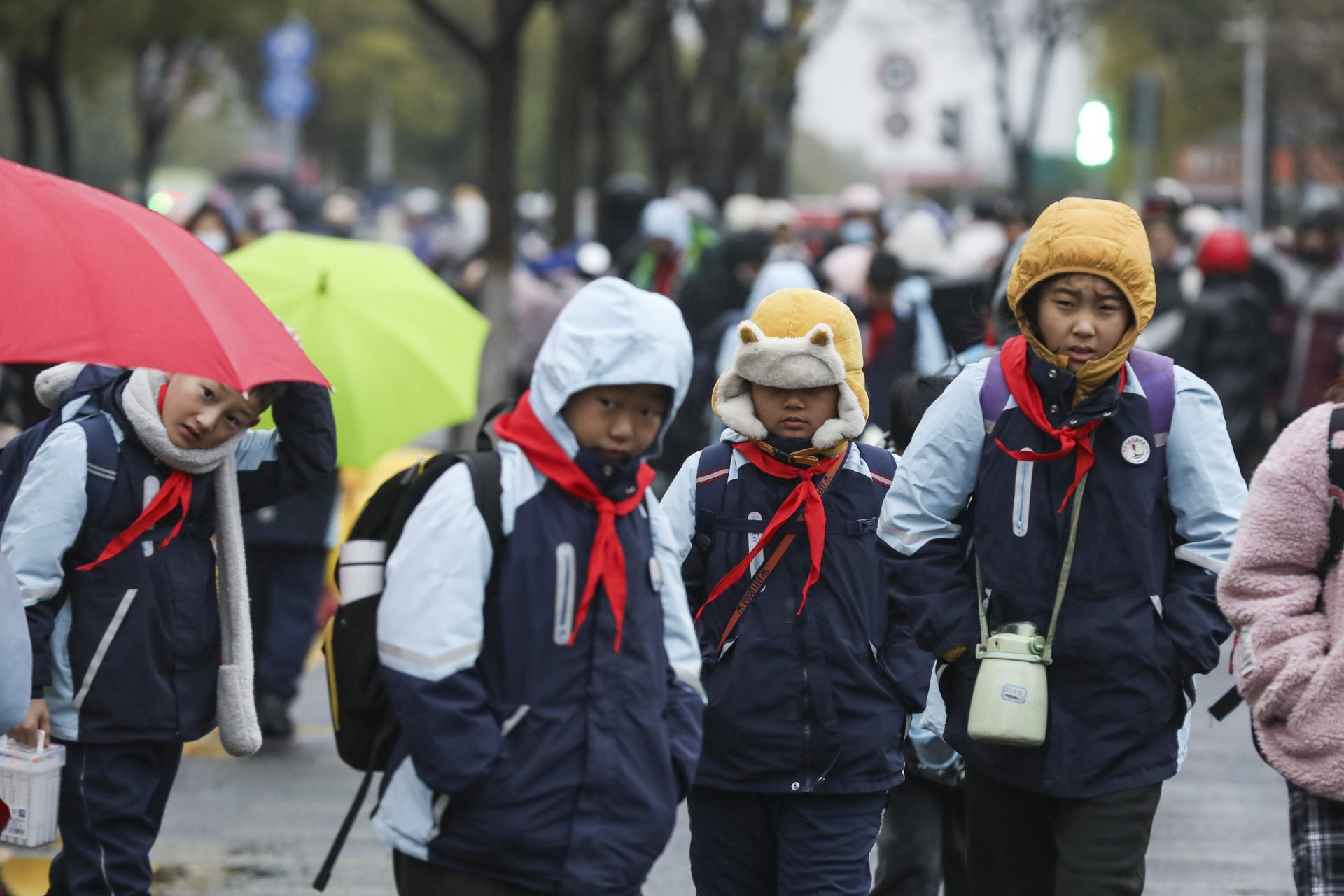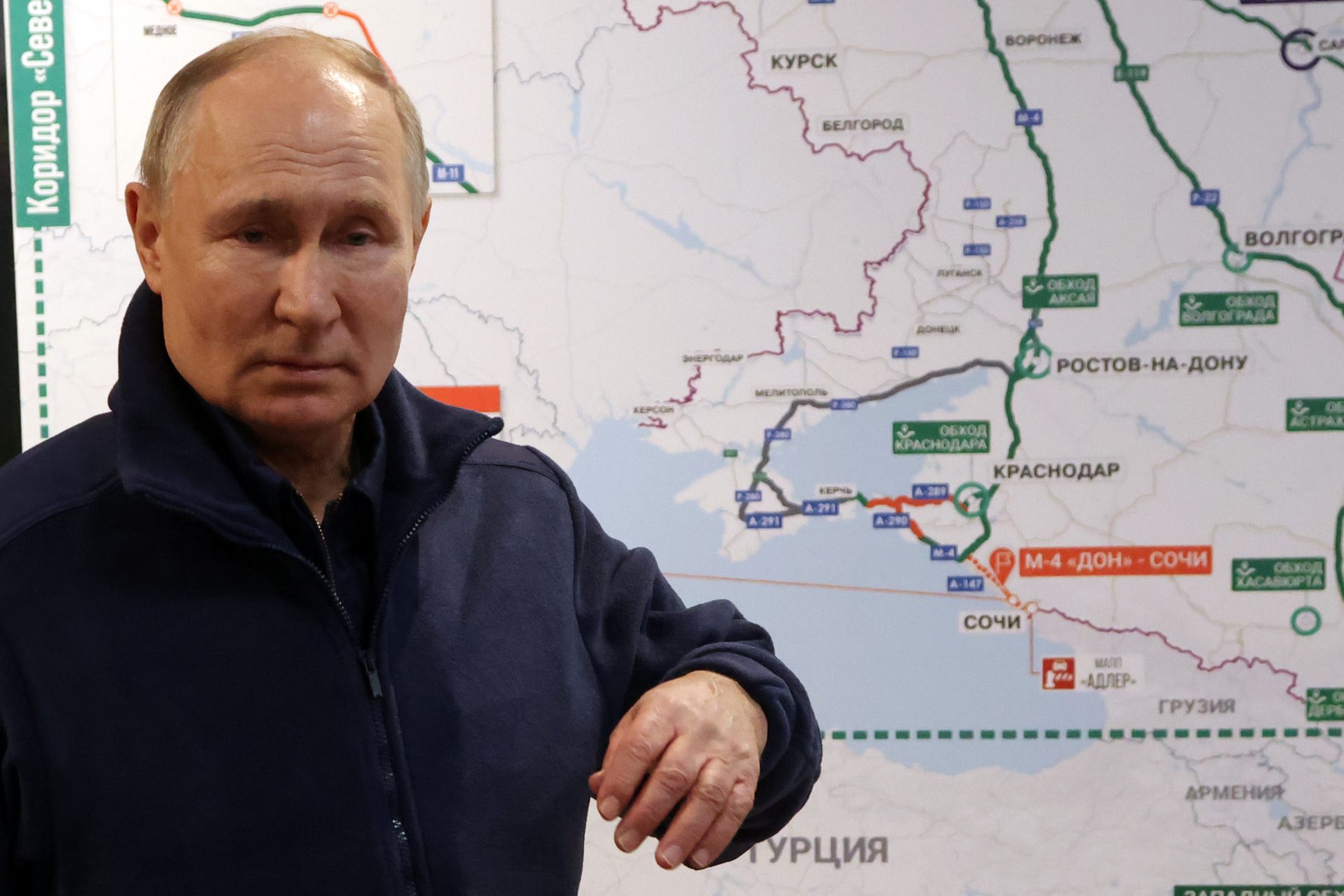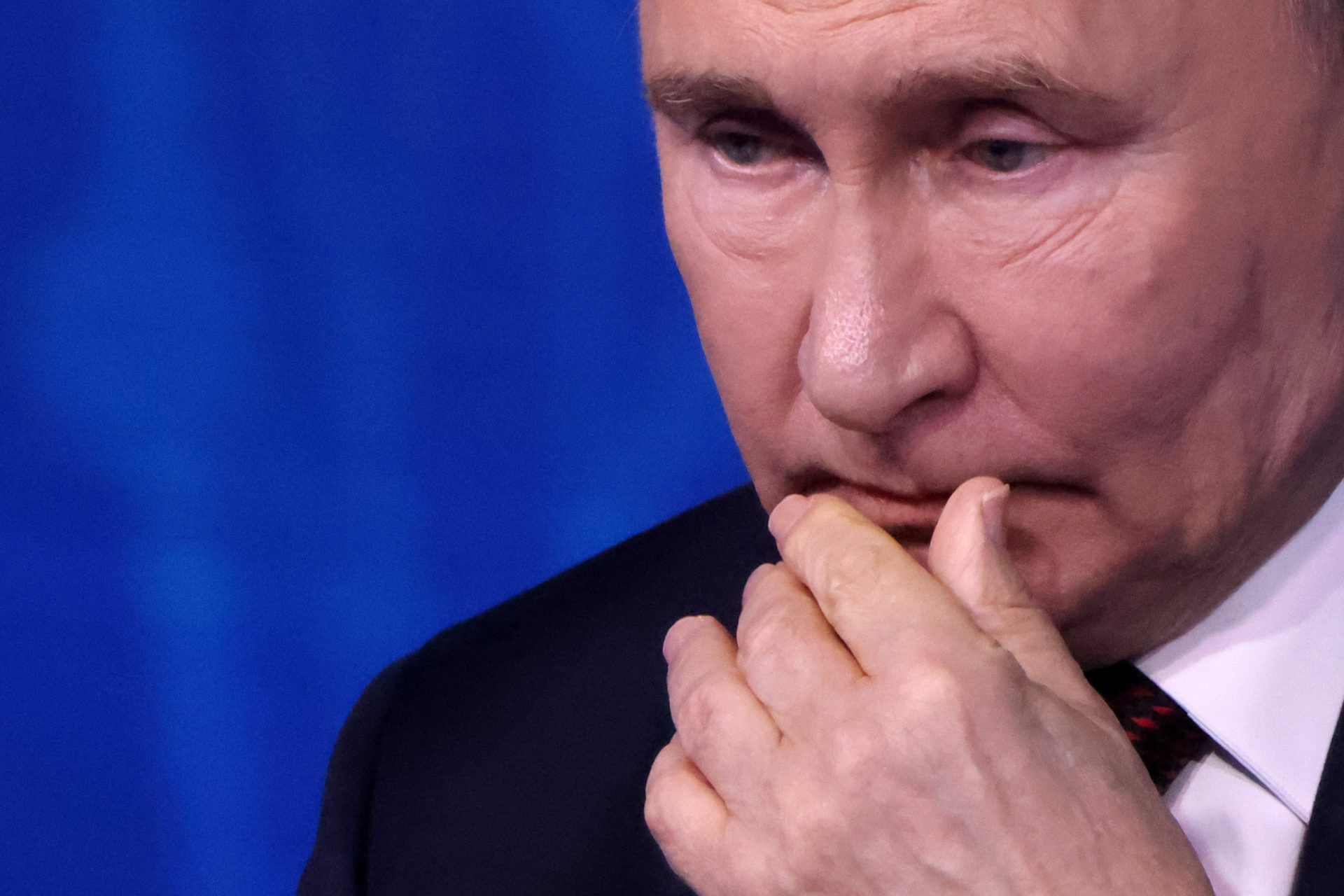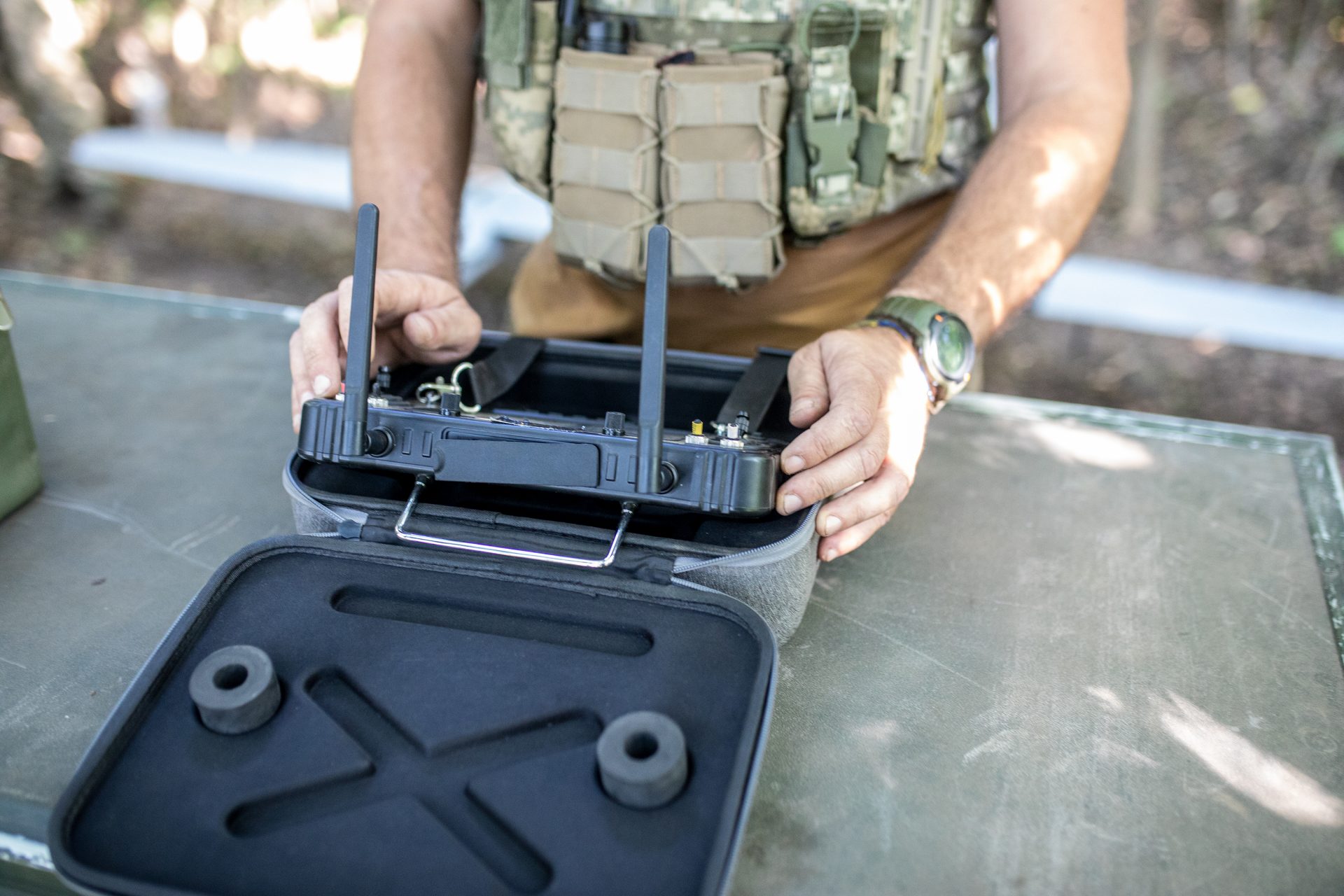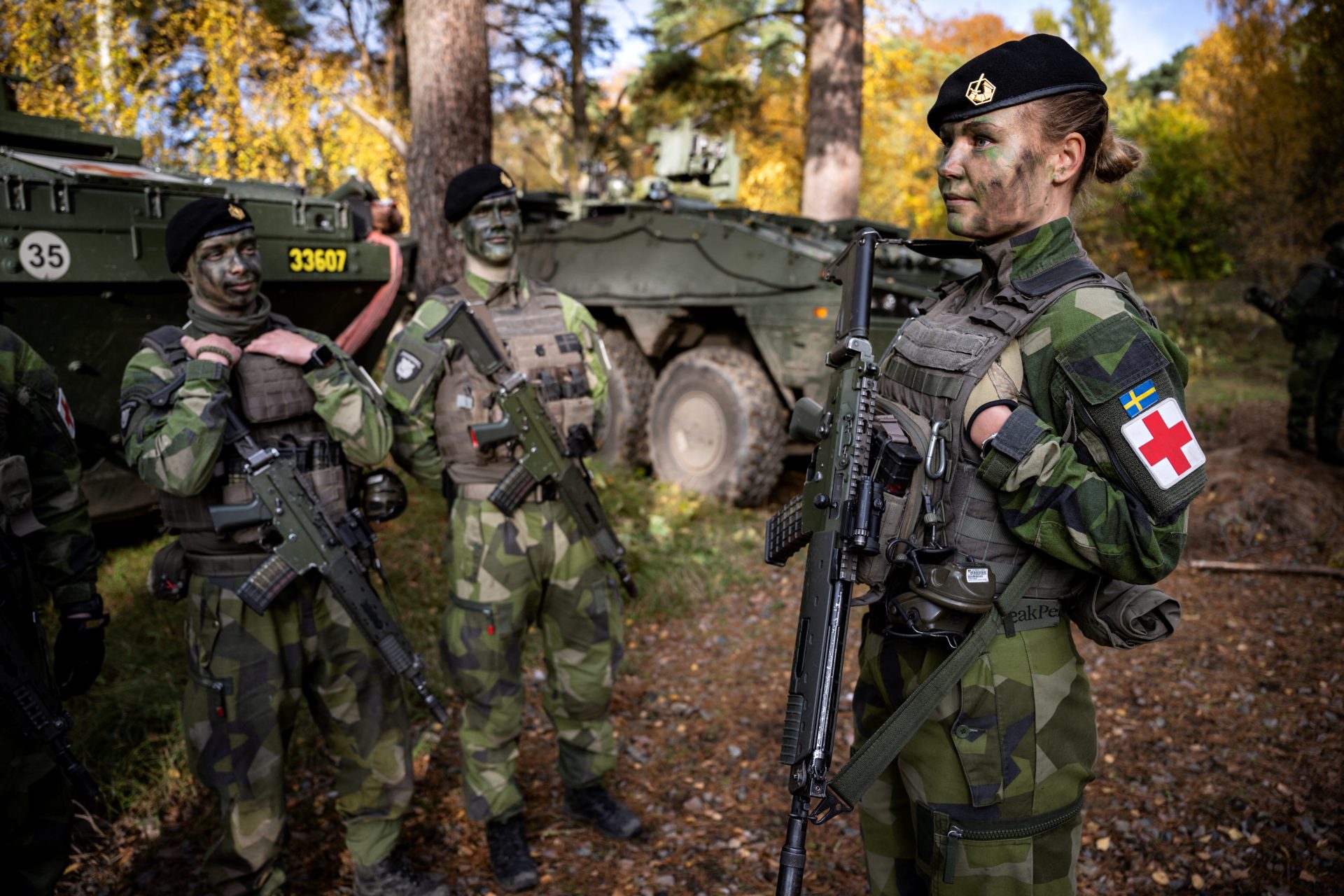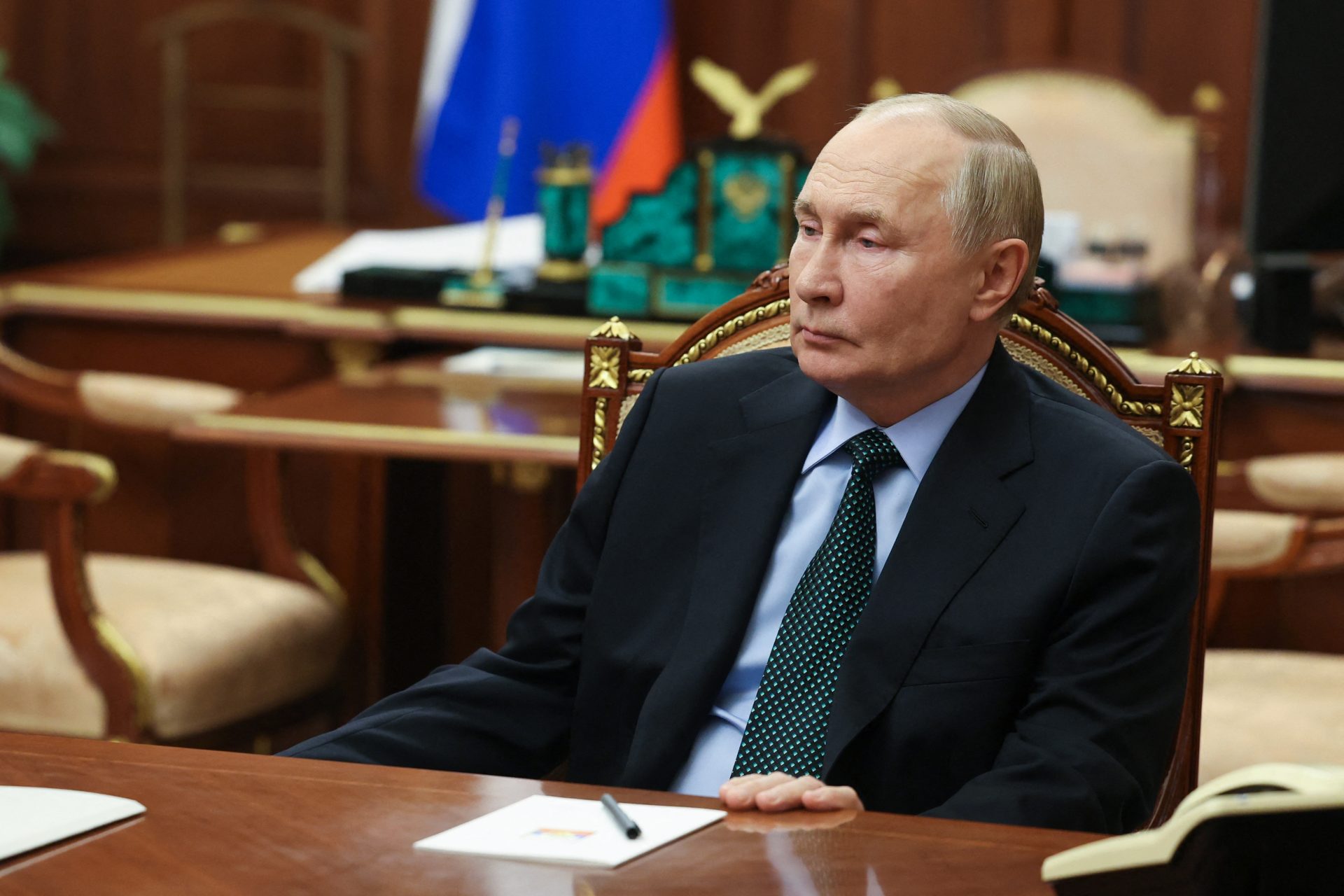In pictures: A timeline of Donald Trump's presidency
Donald Trump's term as U.S. president may have seemed like a chain of astonishing events, magnified through social media, cable news channels, and caricatures in magazines or Saturday Night Live skits. However, beyond the day-to-day hustle, there are certain milestones that historians will summarize in their books about the Trump presidency and early 21st-century America. Here they are.
On November 8, 2016, Donald Trump beat the Democratic candidate Hillary Clinton in the presidential elections. The abstention of minorities and the dominance of the anti-establishment vote rallying around his personality played a fundamental role in his victory.
On January 20, 2017, Trump took the presidential oath of office and became the 45th president of the United States. Barack and Michelle Obama, as well as Hillary and Bill Clinton, attended the ceremony. Trump's first address as president was remarkably combative and political compared to those traditionally made after the oath of office.
After Donald Trump's inauguration, women in Washington DC and other cities in the world marched in protest against his antifeminist politics. The DC event would be the largest one-day protest march in U.S. history. It included stars like Madonna, Janelle Monáe, Emma Watson, Katy Perry, Scarlett Johansson, and many more.
On January 25, 2017, less than a week after he had entered office, President Trump signed an Executive Order to begin building a Mexico border wall to crack down on immigration from the southern American countries. He said that his wall would "save thousands of lives, millions of jobs and billions and billions of dollars."
Mexico would be paying for the wall, he promised, just as he'd done during his campaign. That never happened though, and in December 2018 Trump provoked a historic government shutdown to force Congress into releasing money for his wall.
On January 27 2017, Trump signed an Executive Order of "Protecting the Nation from Foreign Terrorist Entry into the United States." Intended to limit the admittance of refugees into the U.S., with the Syrian Civil War refugee crisis as a backdrop, this measure restricted the entry of all citizens coming from Iran, Iraq, Libya, Somalia, Sudan, Yemen and Syria for 90 days. Critics called the Order "the Muslim Ban" and its discriminatory nature was successfully contested in the courts.
In February 2017, three weeks into his term, Trump's national security advisor Mike Flynn resigned due to allegations that he had secretly met with Russian officials in the previous months. In May 2017, the president fired FBI chief James Comey (photo) because he refused to cancel an investigation into such Russian "collusion." This sensational move sparked an investigation by special counsel Robert Mueller.
For nearly two years, Robert Mueller's team probed any possible Russian meddling in the 2016 election, including Russian links to Donald Trump's campaign. By 2019, their research was done. Mueller claimed that, even though there were indications, he could not prove a criminal conspiracy between Trump's campaign and Russian officials.
Trump met with Russian president Putin twice during the Russia investigation, ignoring all diplomatic guidelines and strategic recommendations for dealing with a foreign and possibly hostile government. After their second one-on-one meeting, in Helsinki in July 2018, "Vladimir Putin was all smiles," the LA Times reported. When asked by a journalist whether he believed in Russia's innocence regarding the 2016 election, Trump "sided with Putin."
On June 1, 2017, Trump announced officially what he had already indicated in rallies and press meetings: the U.S. were withdrawing from the Paris Climate Agreement. This international treaty binds all participating countries to limiting their greenhouse gas emissions in a set time and pace. Trump believed that such environmental 'red tape' was just an obstacle to 'real' economic development.
(Photo: the globe on Columbus Circle with Trump International Hotel and Tower behind it. Charles Parker, Pexels)
Following the clash between white supremacist and anti-racist activists in Charlottesville in August 2017, Trump took an ambiguous stance in condemning racism. He famously remarked that "both sides" were responsible for the violence and that there were "very fine people" among the racist as well as the anti-racist protesters.
(Photo: the 'Unite the Right' rally on August 11, 2017)
By the end of 2017, President Trump signed the Tax Cuts and Jobs Act (TCJA) into law. This fiscal overhaul benefitted especially the wealthy, banks, and other corporations, because it lowered the tax rate for the highest income brackets (from 39.6 to 37) and permanently cut corporate tax rates. The Republican Party, which had a majority in the House and Senate, celebrated the legislation as a victory for the Trump administration and the Party.
In January 2018, the news broke that Trump had paid $130,000 to an adult film actress, Stormy Daniels, to keep her from disclosing their affair during his 2016 election campaign. Beyond the scandal of the affair itself, the payment got Trump's lawyer Michael Cohen arrested. The money had come from the Trump campaign fund and the transaction had therefore violated campaign finance law.
During the term of Donald Trump, the two largest economies in the world embarked on a mutual blaming game that finally took the form of a trade battle. Trump himself denounced China's allegedly unfair trading practices and accused the country of intellectual property theft. Amidst diplomatic tensions, the two countries imposed tariffs on each other's goods.
To stop a perceived caravan of immigrants from entering the country from the southern Americas, Trump and the Immigration and Customs Enforcement agency (ICE) hardened their policies to intercept and detain undocumented migrants at the border.
In the summer of 2019, members of Congress raised alarm over the conditions in which the migrants were held. Alexandria Ocasio-Cortez compared the detention centers to concentration camps due to their bad living and sanitary conditions ('kids in cages'). Other representatives deplored the practice of border authorities to separate young children from their parents.
(Image: handout by the DHS inspector general, McAllen, Texas, June 2019)
For the first time since the end of the Korean War in 1953, the president of the U.S. and the North Korean leader met face to face to discuss disarmament. The first two meetings took place on 'neutral' ground, in Singapore (2018, image) and Hanoi, Vietnam (early 2019), but the last one, in June 2019, occurred in a jointly controlled area on the border of North and South Korea. Trump made the symbolic movement of crossing the North Korean border and Kim walked over to South Korea. Whether much was achieved in terms of denuclearization of North Korea, remains unclear.
President Donald Trump became the third president in U.S. history to face an impeachment due to charges of abuse of power and obstruction of Congress. These charges were based on information revealed by a whistleblower about Trump’s alleged efforts to coerce Ukraine into interference in the coming elections of 2020. After impeachment by the House in December 2019, Trump was acquitted by the Republican-led Senate in February 2020.
As the coronavirus spread in different parts of the world, the Trump administration responded with travel restrictions to and from China in February and a National Emergency in March 2020. In press conferences and on social media, Trump appeared to underestimate the effects of what he called the 'Chinese virus' and he refused to wear a mask. By the end of 2020, there were more than 300,000 deaths from Covid-19 in the U.S.
In October 2020, Trump tested positive for the coronavirus. He announced on Twitter that he and First Lady Melania would begin a quarantine and recovery process. The world held its breath as it witnessed a sitting president suffering from a potentially lethal disease. When he returned from the Walter Reed National Military Medical Center, Trump made a grotesque display of strength by taking off his safety mask on live television.
On May 25, 2020, George Floyd, a black man in Minneapolis, Minnesota passed away after a violent assault by the police. It was filmed and spread on social media, setting off protests against racism and police violence across the U.S. and in countries all over the world.
Some protests were followed by riots. Trump responded forcefully by deploying federal troops to cities like Portland, Oregon (photo) and Chicago, Illinois. He stated that "we're not going to let this happen in our country, all run by liberal Democrats." The president also tweeted ominously: "When the looting starts, the shooting starts."
An iconic scene from the conflict between Trump's administration and anti-racist protesters was that of June 1, 2020 on Washington DC's Lafayette Square. Having been accused of aloofness and 'hiding in his bunker' during the Black Lives Matter protests, Trump decided to make a statement by posing for photos and TV cameras on the square in front of the White House. At the time, however, that area was filled with protesters.
Trump deployed the military to spray tear gas onto the crowd, pushing it off of Lafayette Square so that he could walk down the square and have his photo taken in front of St John's Church with a bible in his hand. "On one side of the television screen, police were swinging batons and riot shields," the LA Times recalls. "On the other, Trump was declaring himself 'your president of law and order.'" MSNBC argues that "when the history of the Trump presidency is written, the clash at Lafayette Square may be remembered as one of its defining moments."
(Left image: @bmcarthur17, Twitter)
"Donald J. Trump paid $750 in federal income taxes the year he won the presidency. In his first year in the White House, he paid another $750." It was a bombshell report by the New York Times, revealing in September 2020 that Trump had been using "countless maneuvers" to avoid compliance with his tax obligations. He had "reported losing much more money than he made," while making millions with his TV show The Apprentice and other enterprises before his presidency.
On September 18, 2020, Supreme Court Judge Ruth Bader Ginsburg passed away. It was roughly six weeks before the election, and traditionally an appointment of a new judge would be deferred until the next president would be known. Trump and the Republican Party thought differently. They quickly brought forward the conservative judge Amy Coney Barrett and managed to get her confirmed for the Supreme Court by late October, thanks to a slim majority of Republican votes.
Trump had appointed two other judges to the Supreme Court, whose nine members stay on for life and make important decisions about any law's compatibility with the U.S. Constitution. He had appointed Neil Gorsuch (standing second to right) in April 2017 on a seat that the Republican majority opposition had forced to stay empty during Barack Obama's final year as president, refusing to confirm the Democratic president's nominee.
The second judge delivered by President Trump was Brett Kavanaugh (standing left). His appointment was controversial because he had allegedly been involved in a sexual assault when he was in high school.
In the midst of Black Lives Matter protests and the Covid-19 pandemic, the presidential campaigns were charged unlike any other in history. On election night, November 3, 2020, the competition between Joe Biden and Donald Trump seemed close. However, with the inclusion of the mail-in ballots in the following days, Biden built a steady lead.
After Joe Biden was declared the winner by all major media, Trump insisted the counting of votes had been a fraud. Despite the fact that several states' courts rejected the claims of election fraud, Trump's team continued its challenges to President-elect Joe Biden's legitimacy in the months between November 2020 and January 2021.
On January 6, 2021, after a rallying speech by the president, thousands of Trump supporters walked to the Capitol building where Congress was confirming Biden's victory. A number of them violently entered the building and searched for members of Congress to intimidate (or worse). While Senators and Representatives were in hiding and remained safe, five persons died in the Capitol riot that day: one police officer and four rioters.
Members of Congress, led by Speaker of the House Nancy Pelosi, believed that President Trump was directly responsible for the events of January 6. They argued that his speech that day, as well as previous, false accusations of election fraud, caused the crowd to attack the Capitol. On January 11, House Democrats introduced the article of impeachment of 'incitement of insurrection' against Donald Trump. Only two days later, and a week before his term was over, a majority in the House voted to impeach the president.
The second impeachment of President Donald Trump was a historic event. He was not only the third president in history to be impeached but also the first in history to be impeached twice. By the end of his term on January 20, the Senate had not yet voted on Trump's second impeachment. They would acquit him on February 13, 2021.
More for you
Top Stories






































